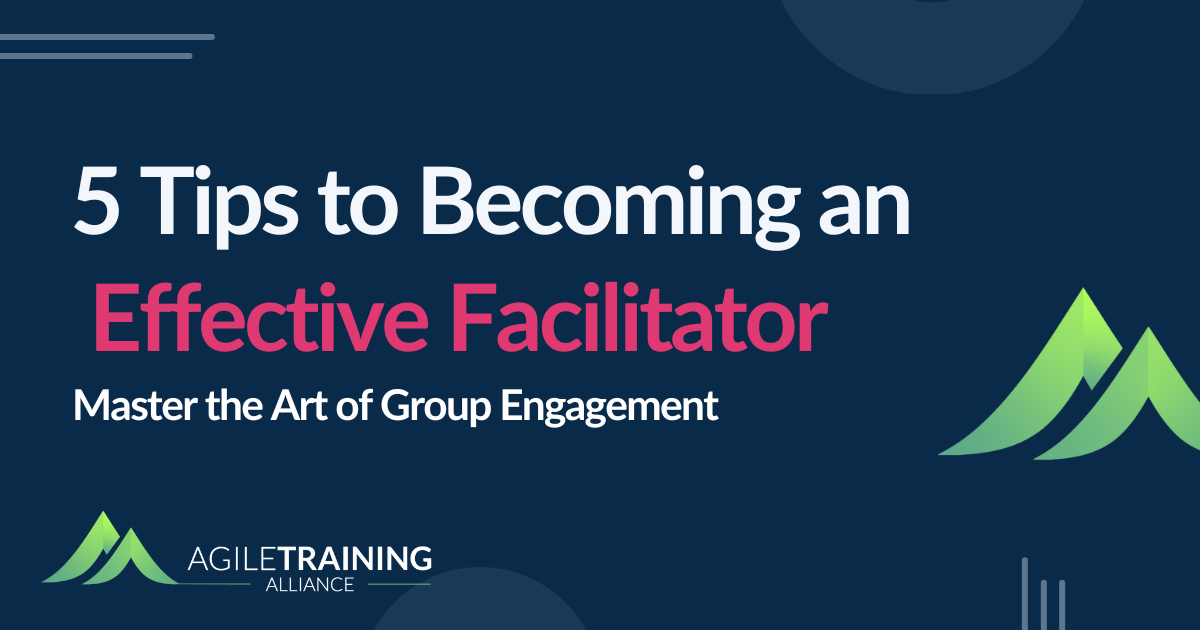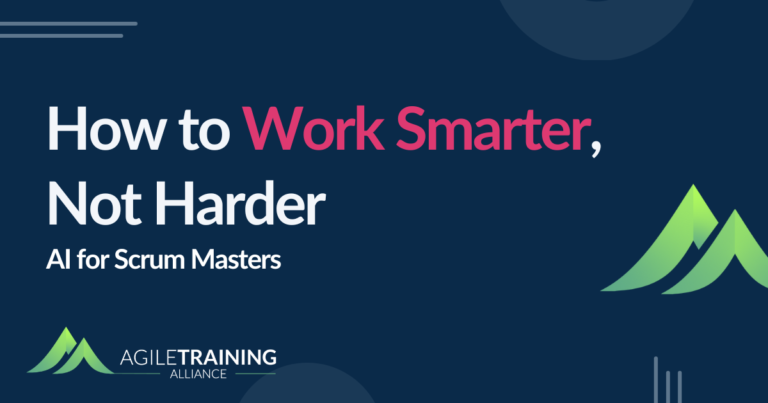Facilitation is more than just organizing meetings or handling logistics. It’s a skill that requires continuous learning and growth to stay relevant and impactful. Whether you’re facilitating a team meeting, a workshop, or a brainstorming session, your ability to create a productive environment can make or break the outcome. Here are five essential tips to help creating outstanding and effective facilitation.
1. Practice Active Listening and Presence
Tip: Focus on listening attentively to understand, not just to respond. Pay attention to the attendees words, tone, and body language to grasp the underlying emotions and thoughts. By being fully present, you can guide conversations effectively, ensuring all voices are heard and valued.
Why it works: Active listening builds trust and fosters an environment of respect and collaboration, which leads to more meaningful contributions from participants.
2. Adapt and Be Flexible
Tip: Be prepared to adjust your facilitation style, agenda, or methods based on the group’s needs and energy levels which you sense through active listening. If the group seems disengaged, shift tactics to re-energize the conversation. The key is to be agile—Agile, we plan to re-plan.
Why it works: Flexibility allows you to maintain engagement and keep the discussion productive, energized, and on track, which is essential for successful facilitation.
3. Create a Safe and Inclusive Environment
Tip: Establish clear ground rules that encourage respect, openness, and collaboration. Ensure everyone has an opportunity to participate, especially quieter members. A great way to start is by having participants introduce themselves or share an icebreaker response—this helps them feel more comfortable contributing throughout the session.
Why it works: A safe space promotes diverse perspectives and helps participants engage without fear of judgment, leading to richer discussions and innovative ideas.
4. Ask Powerful Questions
Tip: Use open-ended questions that stimulate reflection, exploration, and deeper thinking. Questions such as “What do we want to achieve here?” or “How can we solve this challenge together?” can spark new ideas and meaningful dialogue. To make your questions more powerful, frame them with “How” or “What.” Also, give the group time to reflect before responding—sometimes a silent pause is all that’s needed. If silence feels uncomfortable, try counting to 30 in your head; you’ll often find someone responds before the time is up.
Why it works: Powerful questions shift the group’s focus from problems to solutions, encouraging creative thinking and collaborative problem-solving.
5. Clarify and Summarize Key Points
Tip: Regularly summarize the key points and decisions made during the session. This helps keep the group aligned and ensures that everyone is on the same page. For example, you can ask, “For clarity, can we summarize this in these words?”
Why it works: Summarizing provides structure, reinforces understanding, and ensures that critical points aren’t overlooked, which strengthens the group’s focus on achieving the session’s goals.
Bonus Tip: The Power of Preparation
While facilitation during the session is important, preparation is key to success. A rule of thumb is to dedicate twice as much time to preparation as the event duration itself. The more you prepare, the more smoothly the session will run, and the better you can adapt to the group’s needs.
Keep Growing Your Facilitation Toolkit
To truly excel as a facilitator, continuous learning is essential. Expanding your facilitation skills with new techniques, strategies, and approaches will help you stay relevant and effective. A great way to do this is by joining our Training from the BACK of the Room® (TBR) course, where you can build your facilitation skills based on brain science, making your sessions more engaging and impactful.
Conclusion:
By incorporating these tips into your facilitation practice, you’ll create an environment that fosters active participation, sparks creativity, and drives effective decision-making. Keep learning, keep growing, and elevate your facilitation skills to new heights!
And remember: you create the container, they create the content!





